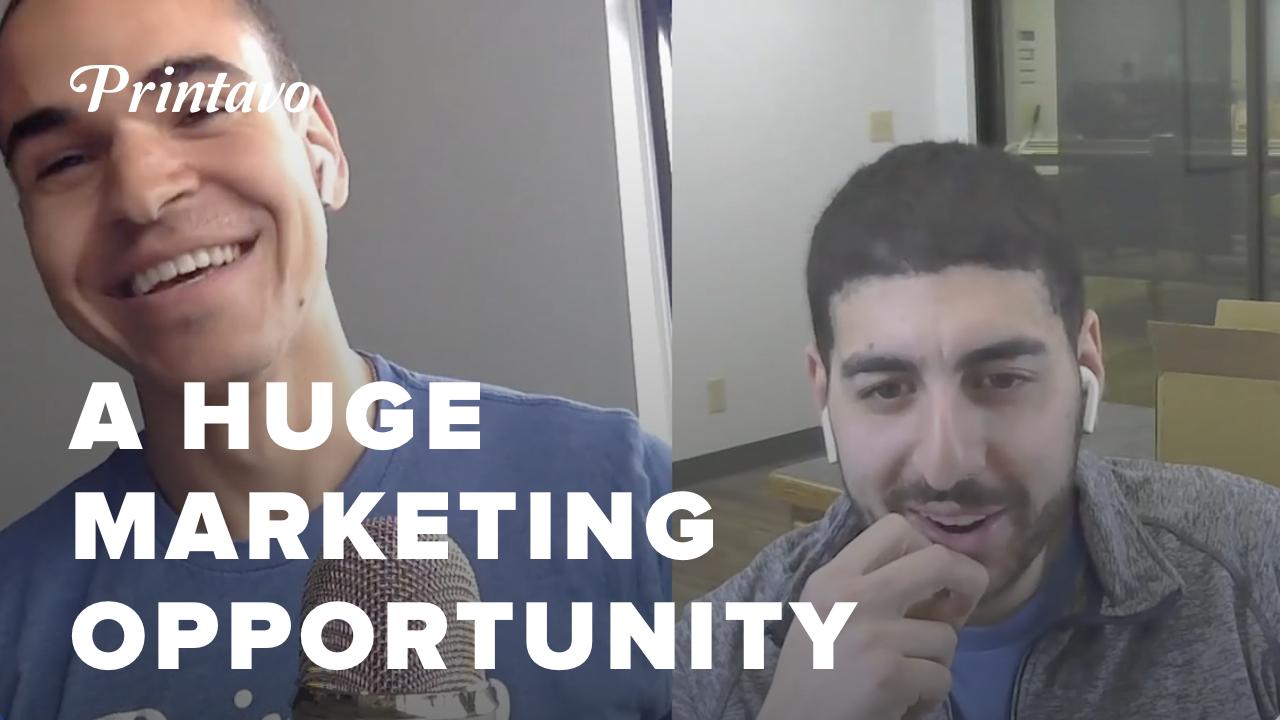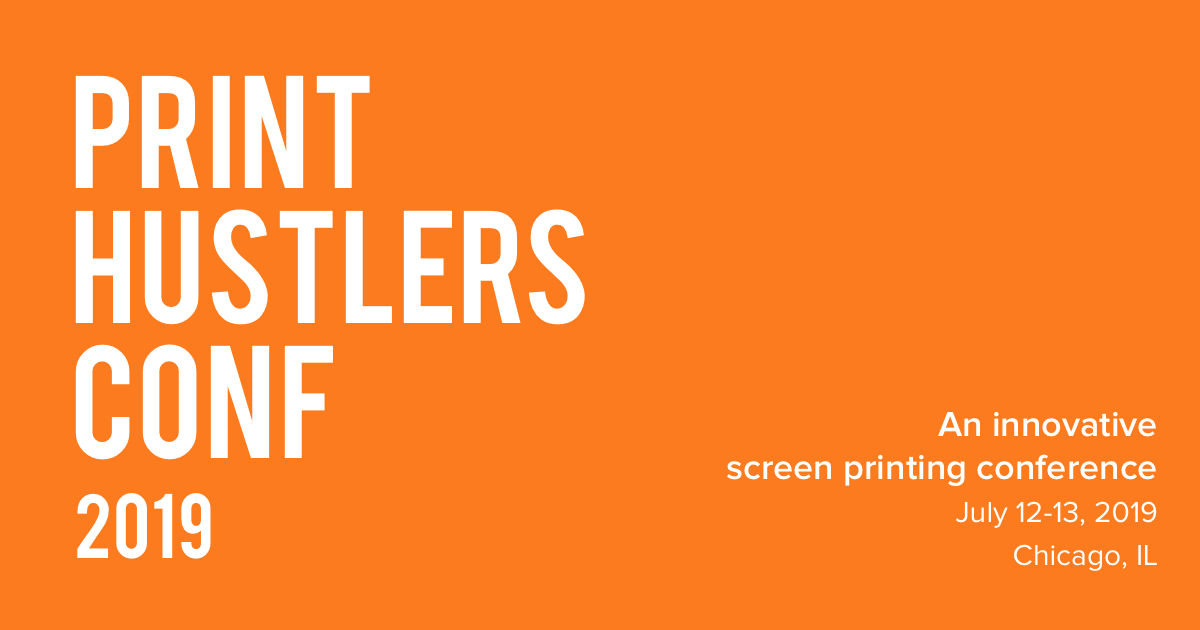Customer service is a marketing opportunity. I sat down with my friend Steven Farag from Campus Ink to talk about how print shops have a huge opportunity. It’s right in front of you: how you serve your customers is how you market your business.
You may not know exactly how much a bad review costs your shop. So think of it this way: how much time would you spend making a customer happy if you knew they wouldn’t leave that bad review?
Here’s what you need to know:
- Big businesses struggle to provide great customer service.
- While there are companies like Amazon and Zappos that provide great customer service, they are the exception – not the rule. Great customer service does not easily scale and requires huge resources to maintain.
- Small businesses have a competitive advantage when it comes to personal service.
- There are very few areas where small businesses can truly compete with big businesses. They do not have the resources, capital, or staff to launch big new campaigns and products. But small businesses can invest their time and efforts into truly personal customer relationships in a way that big businesses cannot.
- Print shops have more in common with barbers than they do with Amazon, Zappos, or even Custom Ink.
- You provide a custom service with customer-specified details, and typically work closely with the customer to ensure that their event, brand, band, or business gets the most value out of the service you provide (and that it meets their standards).
How two restaurants showed us the value of customer service
Steven and I are friends, and we travel together from time to time. We recently took a ski trip together as the winter wound down. During the trip, we had two powerful – and totally opposite – experiences at restaurants. These really opened our eyes to the value of customer service.
Restaurant #1: a respected, well-reviewed, highly suggested Thai restaurant.
What went wrong: Everyone got their food – except Steven. His never showed up!
The reaction: We were ignored by our server. No one apologized or addressed the issue directly. Our drinks were given to us for free, but no other action was taken.
Restaurant #2: a well-known busy brunch spot, equally well-reviewed and suggested by close friends.
What went wrong: We told the host that we were in a rush and had to catch a flight. We were promised a 15 minute wait, but ended up waiting almost 45 minutes. The host had accidentally crossed us off the wait list while seating another party.
The reaction: We pointed the error out to the host. The manager immediately apologized, stopped what he was doing, cleared a table, got us seated, and got our orders started right away.
What we learned:
- Mistakes happen and problems arise. It doesn’t matter how tight of a ship you run or how good you are at your work. Shit happens. That’s not actually the source of bad experiences!
- An apology is worth a lot. An apology does not make everything better. But it does show that you’re aware something went wrong.
- Immediate action is worth more. The difference between the two restaurants isn’t how good they are – it was how they handled their mistakes. One didn’t take action or acknowledge an error. The other took immediate action to resolve our problem.
- Communication coupled with action equals customer success. In the Thai restaurant, we left feeling bad – like we had done something wrong. In the brunch restaurant, we left feeling great – we had been helped, respected, and communicated with at every turn.
Both restaurants “solved” our hunger problem – but only one left us feeling like we’d had a successful experience. That feeling of success is the source of truly great customer service.
Dealing with spoilage, mistakes, and misprints
Spoilage is an inevitability. Screen printing is too complicated of a process with too many variables to work perfectly 100% of the time.
Your service really shines when mistakes happen. That’s why we’re focused on mistakes: they are a great chance to improve your systems for dealing with customers. What is the plan that’s in place for when a mistake happens?
- Have a script.
- Create a clear and coherent script for yourself and employees to follow. Categorize common issues – shipping errors, printing errors, equipment problems, timing issues – and have several options at hand to resolve them.
- Immediately offer a solution.
- Since you’ve categorized common problems and created several solutions, you can quickly offer to make the customer whole.
- Give yourself wiggle room.
- This is something Steven has learned (painfully) over time: set your “due date” as the day the order should leave your shop, not the day the customer wants the garments. This gives you substantial wiggle room when problems arise, particularly when you’re shipping shirts across the country!
- Learn from your mistakes.
- Document, document, document. When a mistake happens – particularly one that jeopardizes your relationship with a customer or costs you a lot of money – do a detailed post-mortem and try to identify where your process broke down, what went wrong, and how you can consistently achieve a better result.
Customer service is actually a marketing cost to your business – and an opportunity
“What happens if that one spoiled shirt turns into a bad review on Yelp, Google and Facebook? How many hours would you spend dealing with that customer if you knew it would stop them from badmouthing you online?”
The end goal of any customer service activity is to create brand advocates. These are people that feel deeply connected to your business, tell their friends and family about it, and actively recommend it. They are long-term customers that feel invested in your shop – and often, they provide the most effective marketing you can get.
So how many hours would you spend undoing a bad review?
Remember: just 4 negative online reviews results in losing 70% of incoming customers (source).
How much money, time, and effort would you have to expend painfully arguing your point in a very public way?
Keep that in mind the next time you deal with an unhappy customer: you are saving yourself a lot of work by building a real solution for them.
Join me and Steven at PrintHustlers Conf 2019, July 12-13. Early bird tickets have sold out!
Meet Mike Michalowicz, Profit First author, and join nearly 200 print shops from across the world in candid discussions about the challenges print shops face.
See the full speaker list, topics they’ll cover, and get your tickets to our annual screen printing and custom apparel business conference right here!



0 Comments